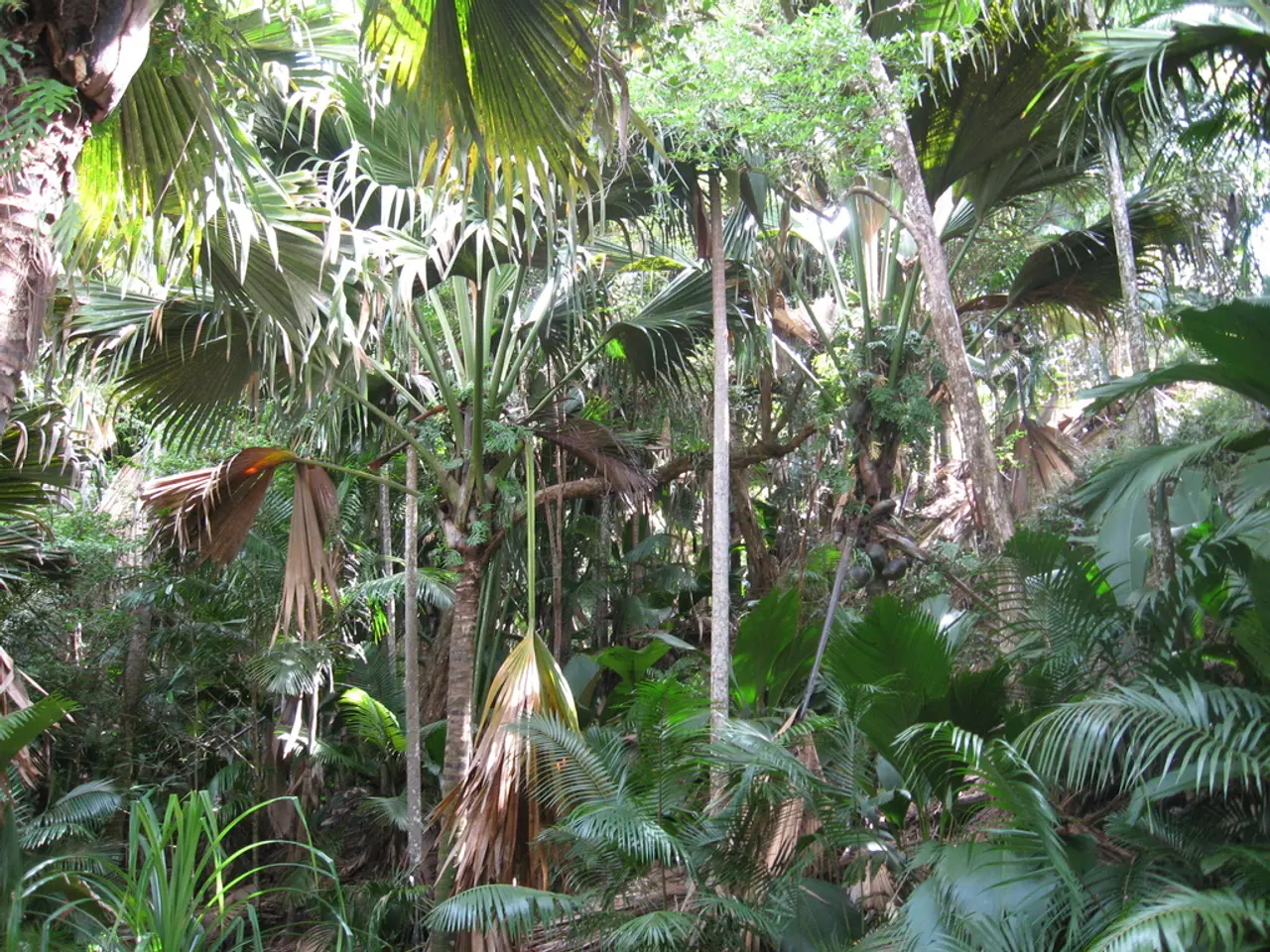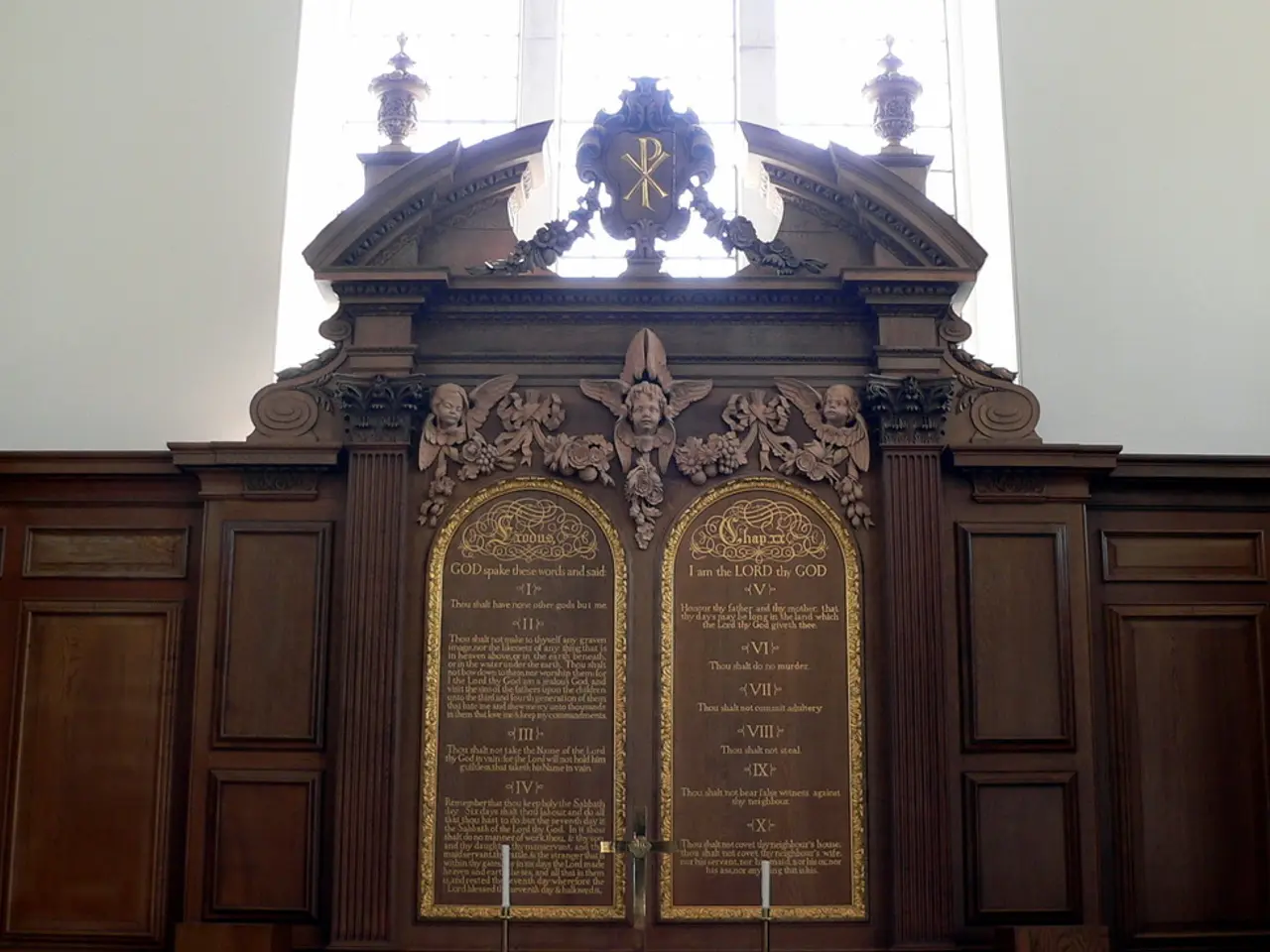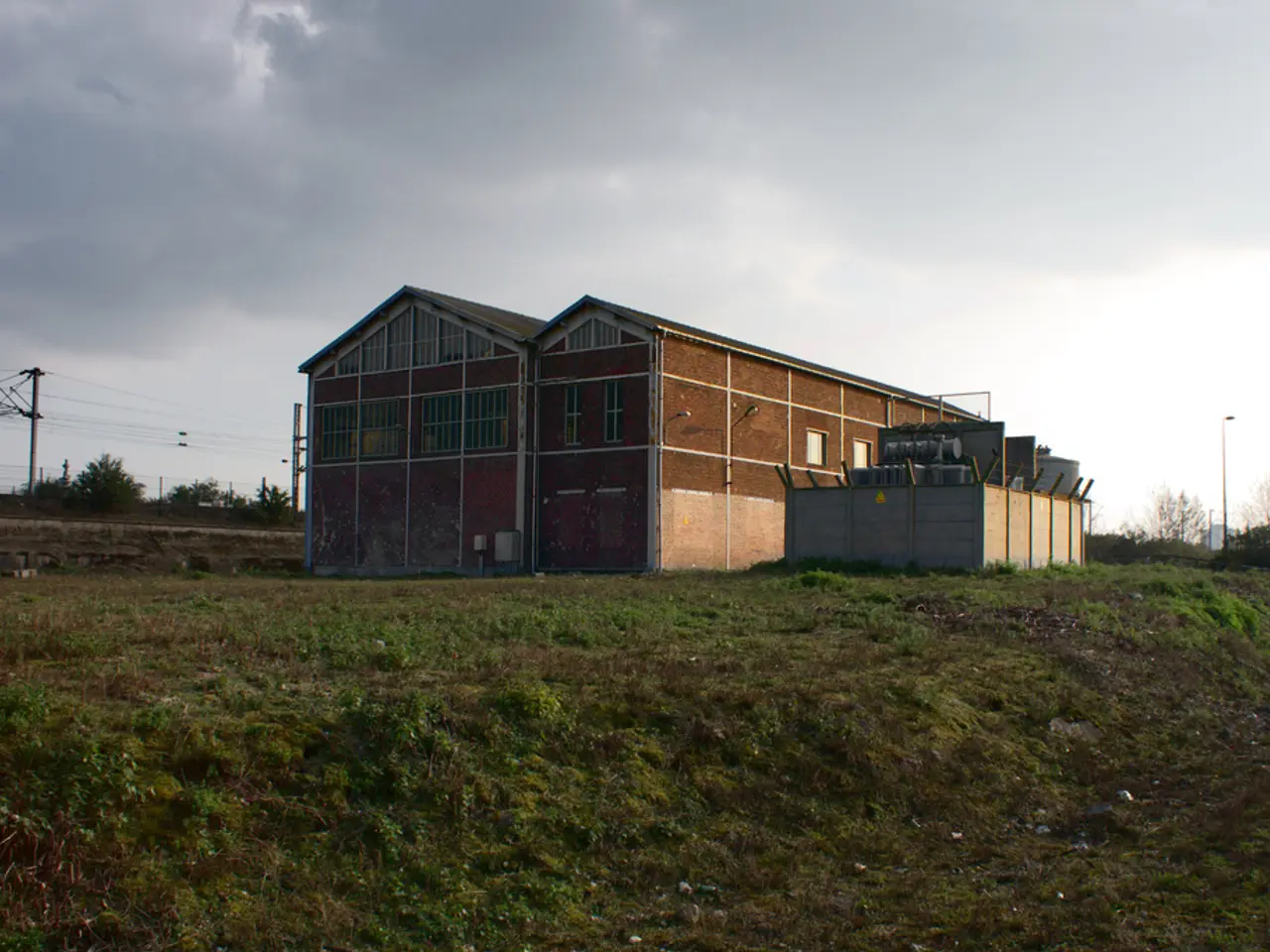Hardy Tree Species for Climate Adaptation in Minnesota
Explore a variety of trees suitable for urban environments in Minnesota, each offering unique characteristics and benefits for the changing climate conditions.
Japanese White Pine (Pinus parviflora)
A native Japanese tree, hardy in zones 4-7, the Japanese white pine grows to heights and widths of 25-50 feet. Known for its showy fruit and tolerance of drought, high pH soils, and road salts, this tree is an excellent choice for urban landscapes.
European Horse Chestnut (Aesculus hippocastanum)
Native to Europe, this large tree is hardy in zones 3-7 and grows to heights of 50-75 feet and widths of 40-65 feet. Tolerant of high soil pHs and road salt, the European horse chestnut is appealing to wildlife and offers attractive foliage in the fall.
Three-Flowered Maple (Acer triflorum)
A small to medium tree native to Asia, hardy in zones 4-7, the three-flowered maple can reach heights and widths of 30 feet. Known for its bright orange to red fall foliage, this tree is a beautiful addition to any urban setting.
American Hornbeam (Carpinus caroliniana)
Native to Minnesota, this tree reaches a mature size of 20-30 feet tall and 20-30 feet wide. Hardy in zones 3-9, the American hornbeam is adaptable to wet conditions, shade, and soils with a high pH, making it an ideal urban tree choice.
'Golden Glory' Cornelian Cherry Dogwood
A cultivar of a dogwood native to Europe and Asia, 'Golden Glory' reaches heights and widths of 15-20 feet. Hardy in zones 4-8, this tree produces attractive flowers and fruits that are edible and beneficial for wildlife. It is also tolerant of drought, floods, and road salts.
Shingle Oak (Quercus imbricaria)
A large North American tree, hardy in zones 4-8, the shingle oak can reach heights and widths of up to 60 feet. Known for its attractive acorns and nicely colored fall foliage, this tree is an excellent choice for urban landscapes.
Umbrella Magnolia (Magnolia tripetala)
A small North American tree, hardy in zones 4-8, growing 15-30 feet tall and wide, the Umbrella magnolia boasts attractive flowers, fruits, and fall color.
Yellow Birch (Betula alleghaniensis)
A large tree native to Minnesota, hardy in zones 3 -7, the yellow birch can reach a maximum height and width of 75 feet. Known for its showy fruits and fall color, this tree is an attractive addition to urban settings.
American Persimmon (Diospyros virginiana)
A medium to large tree native to North America, hardy in zones 4-8, the American persimmon can grow to be 35-60 feet tall and 20-35 feet wide. This tree is appealing to wildlife and produces edible fruit.
Bitternut Hickory (Carya cordiformis)
A large Minnesota native tree, hardy in zones 4-9, the bitternut hickory can reach heights of 50-70 feet and widths of 40-50 feet. Drought and flood-tolerant, this tree is an excellent choice for urban environments.
While this list does not provide direct recommendations from University of Minnesota horticulturists, it offers a selection of trees suitable for urban planting in Minnesota based on general context and trends in forestry and urban tree management. For a more authoritative and up-to-date list, consulting the University of Minnesota Extension’s urban forestry or horticulture publications is recommended. These resources frequently publish guides on climate-adapted tree species suitable for Minnesota’s urban landscapes to enhance biodiversity and resilience.
In addition to the trees listed above, horticulturists often recommend underused, native or regionally adapted trees such as ironwood, hackberry, and American hornbeam for climate-resilient urban planting in Minnesota. These trees can be found at gardens, universities, and the Landscape Arboretum.
The Japanese White Pine, with its tolerance of drought and road salts, is an ideal choice for urban lifestyle, contributing to the environmental-science of urban landscaping in Minnesota. The 'Golden Glory' Cornelian Cherry Dogwood, not only tolerant of road salts and surviving in diverse climate conditions but also producing edible fruits, is a valuable asset for home-and-garden settings in this region.




